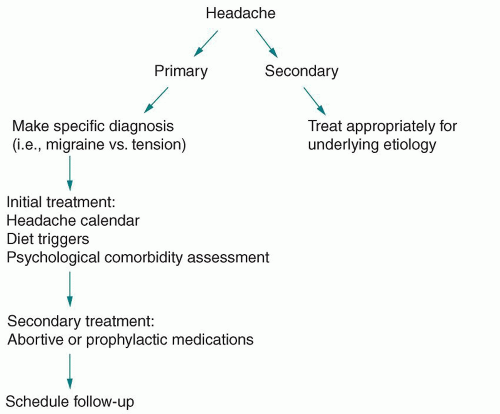TABLE 38-1 Simplified International Classification of Headache Disorders | ||||||||||||||||||||||||||||||||||||||||||||||||||||||||||||||||||||||||||||||||||||||||||||||||
|---|---|---|---|---|---|---|---|---|---|---|---|---|---|---|---|---|---|---|---|---|---|---|---|---|---|---|---|---|---|---|---|---|---|---|---|---|---|---|---|---|---|---|---|---|---|---|---|---|---|---|---|---|---|---|---|---|---|---|---|---|---|---|---|---|---|---|---|---|---|---|---|---|---|---|---|---|---|---|---|---|---|---|---|---|---|---|---|---|---|---|---|---|---|---|---|---|
| ||||||||||||||||||||||||||||||||||||||||||||||||||||||||||||||||||||||||||||||||||||||||||||||||
These include subarachnoid hemorrhage, parenchymal hemorrhage, sinovenous thrombosis, intracranial infection, arterial dissection, pituitary apoplexy, intracranial hypotension, and intermittent hydrocephalus. After a history and physical examination, diagnostic testing often begins with a noncontrast head computed tomography (CT) in which acute blood will be bright. If subarachnoid hemorrhage is suspected and the head CT is nondiagnostic, then lumbar puncture should be performed with two tubes sent for cell count (to differentiate between subarachnoid blood in which the red blood cell count will remain constant and a traumatic tap in which the red blood cell count will decrease from tube 1 to tube 4). If arterial dissection, sinovenous thrombosis, or tumor is suspected, then MRI with and without gadolinium is indicated and may require specific sequences to visualize the neck vasculature or venous sinuses. If intracranial hypertension or hypotension is suspected, then a lumbar puncture with opening pressure is indicated. Generally, neuroimaging is indicated prior to lumbar puncture since mass lesions may pose the risk of herniation with lumbar puncture. Only after appropriate evaluation can more benign etiologies be diagnosed including first or severe migraine or tension headache, cluster headache, or exertion/coital headache.
Stay updated, free articles. Join our Telegram channel

Full access? Get Clinical Tree




